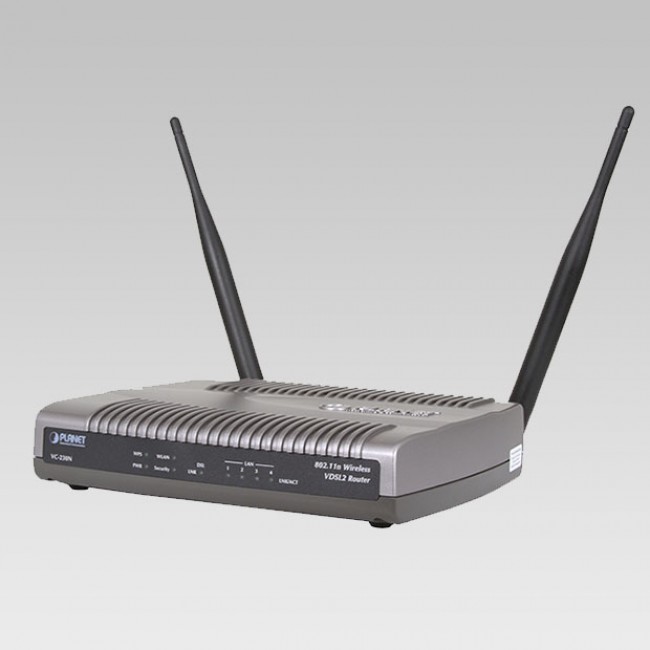PlanetechUSA features a wide variety of ADSL2 + and VDSL2 equipment to offer network administrators and users even better connection. Both users and administrators can experience stable network connections and faster speeds with ADSL2+ and VDSL2 technologies. The technologies offer a variety of benefits to enhance networks and provide even faster, cutting edge service. Here’s a look into the differences between the two technologies.
VDSL2
VDSL2 is the most advanced standard of DSL line communication and is an optimal solution for triple play services. This technology is the latest solution for voice, data and video solutions. VDSL2 units are an ideal choice for high definition television and online gaming. Service providers can efficiently upgrade current xDSL infrastructure without overspending because VDSL2 offers a maximum downstream rate of 100 Mbps and a maximum upstream rate of 100Mbps or 50Mbps.
The technology is an enhancement to standard VDSL. VDSL2 permits transmission of both asymmetric and symmetric aggregate data rates up to 200 Mbit/s on a maximum bandwidth of 30 MHz using twisted pairs. However, even though VDSL2 has better performance than standard VDSL, it also attenuates at 1.6 km, which brings VDSL2 performance to the level of ADSL2+.
In environments where the FTTx cannot reach MDU points, VDSL2 is deployed. In addition, when fiber speeds can no longer be deployed using traditional copper, VDSL2 is selected as the next option. VDSL2 delivers the same fiber speeds without additional investment in time or money. It also utilizes existing copper, which makes the technology a cost effective choice. The VDSL2 protocol is standardized as Recommendation G.993.2 by the International Telecommunication Union telecommunications sector
(ITU-T).
ADSL2+
ADSL2+ is a cost-effective solution that can be deployed in rural locations, where line quality is poor. ADSL2+ increases the performance of basic ADSL technology and also increases the number of downstream channels. Depending on the distance, data rates with ADSL2+ can reach a maximum of 24 Mbit/s downstream and up to 1.4 Mbit/s upstream. The frequency band of basic ADSL can be increased by ADSL2+ from 1.1 MHz to 2.2 MHz. It has the ability to double the downstream data rates of standard ADSL2, which typically reaches a maximum of 12 Mbit/s. However, like other standards, ADSL2+ also attenuates from its peak bit rate after a certain distance.
ADSL2+ allows for multiple ports and delivers the same bandwidth on all ports. The end result is a connection that allows, for instance, a 48 Mbit/s download speed and doubles the initial uploading speed. The ability for Port bonding with ADSL2+ technology is referred to as G.998.x or G.Bond. However, port bonding with ADSL2+ is not available on all DSLAM units.
Planet Technology carries VDSL2 and ADSL2 equipment, including VDSL2 units and ADSL2 + modems, to provide modern network solutions. Check our network equipment today!

